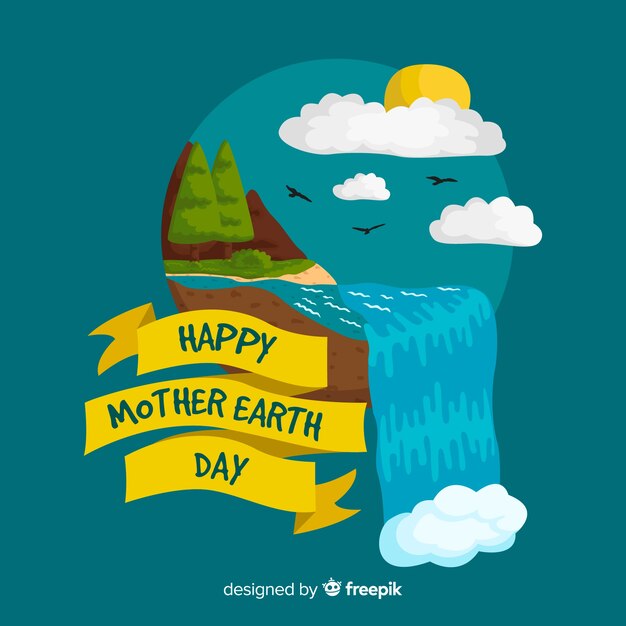Tsunami Fun Facts

Tsunamis can travel across the ocean at speeds up to 500 miles per hour.
The largest recorded tsunami happened in Alaska in 1958, reaching a height of 1,720 feet.
Tsunamis are often caused by underwater earthquakes or volcanic eruptions.
The word tsunami comes from the Japanese words tsu (meaning harbor) and nami (meaning wave).
Tsunamis can occur in any ocean or large body of water, not just the Pacific Ocean.
The energy released by a tsunami can be up to 1,000 times greater than an earthquake of the same magnitude.
The Indian Ocean tsunami in 2004 was one of the deadliest in history, killing over 230,000 people in 14 countries.
Tsunamis can cause damage thousands of miles away from their point of origin.
Tsunamis can occur in rivers and lakes as well, although they are less common.
The Pacific Ocean is the most tsunami-prone region in the world.
Tsunamis can cause the water level to drop significantly before the first wave hits.
The height of a tsunami wave can vary greatly, from a few inches to over 100 feet.
Tsunamis can create dangerous currents and rip tides that can persist for hours or even days after the initial wave.
Distant islands and coral reefs can act as natural barriers, reducing the impact of a tsunami.
Tsunamis can be detected by buoys and tidal gauges placed in the ocean.
An earthquake needs to have a magnitude of at least 7.5 to generate a tsunami.
Tsunami Fun Facts part 2
The Pacific Tsunami Warning System helps monitor and warn vulnerable coastal areas about potential tsunamis.
Tsunamis can travel thousands of miles without losing much energy.
Early warning systems can give people a few minutes or hours to evacuate before a tsunami hits.
Tsunamis can cause damage to underwater communication cables, disrupting internet and phone services.
Tsunamis can break offshore oil and gas pipelines, causing environmental disasters.
Scientists use deep-sea sediment cores to study past tsunamis and better understand their patterns.
Tsunamis can deposit large amounts of sediment onto coastal areas, altering the landscape.
Coastal buildings and infrastructure can be specially designed to withstand tsunamis.
Tsunamis can be dangerous for marine animals as well, causing mass strandings and disrupting ecosystems.
Tsunamis are featured in many myths and legends from different cultures around the world.
Tsunamis can generate secondary waves that move faster than the initial wave, causing additional destruction.
The height of a tsunami wave increases as it enters shallow water near the coast.
Tsunamis can generate a seiche, a standing wave that oscillates in enclosed bodies of water like lakes or bays.
Tsunamis can trigger landslides and avalanches on coastal mountains and hills.
Tsunamis can carry debris and sediment from the ocean onto the land, leaving a trail of destruction.
Tsunamis can travel upstream in rivers, increasing their impact on inland areas.
Tsunamis have been depicted in various works of art, including paintings and literature.
Tsunamis can erode and reshape coastlines over time.
Tsunamis are more likely to occur during certain phases of the lunar cycle, when tides are higher.
Tsunamis can be observed and studied using satellites and radar systems.
The force of a tsunami wave can lift and carry heavy objects, causing further damage.
Tsunamis can generate electrical currents that can damage electronic devices and infrastructure.
Early tsunami warnings were often relayed using sirens, bells, or other loud devices.
Tsunamis can travel through narrow passages and fjords, amplifying their impact.
Some coastal communities have designated evacuation routes and higher ground shelters in case of a tsunami.
Tsunamis can cause long-term psychological trauma to survivors and affected communities.
Tsunamis can bring rare marine species far beyond their usual range.
Tsunamis can reach coastal areas within minutes to hours, depending on their distance from the source.
Despite their destructive power, tsunamis are natural phenomena and part of the Earth’s dynamic processes.

